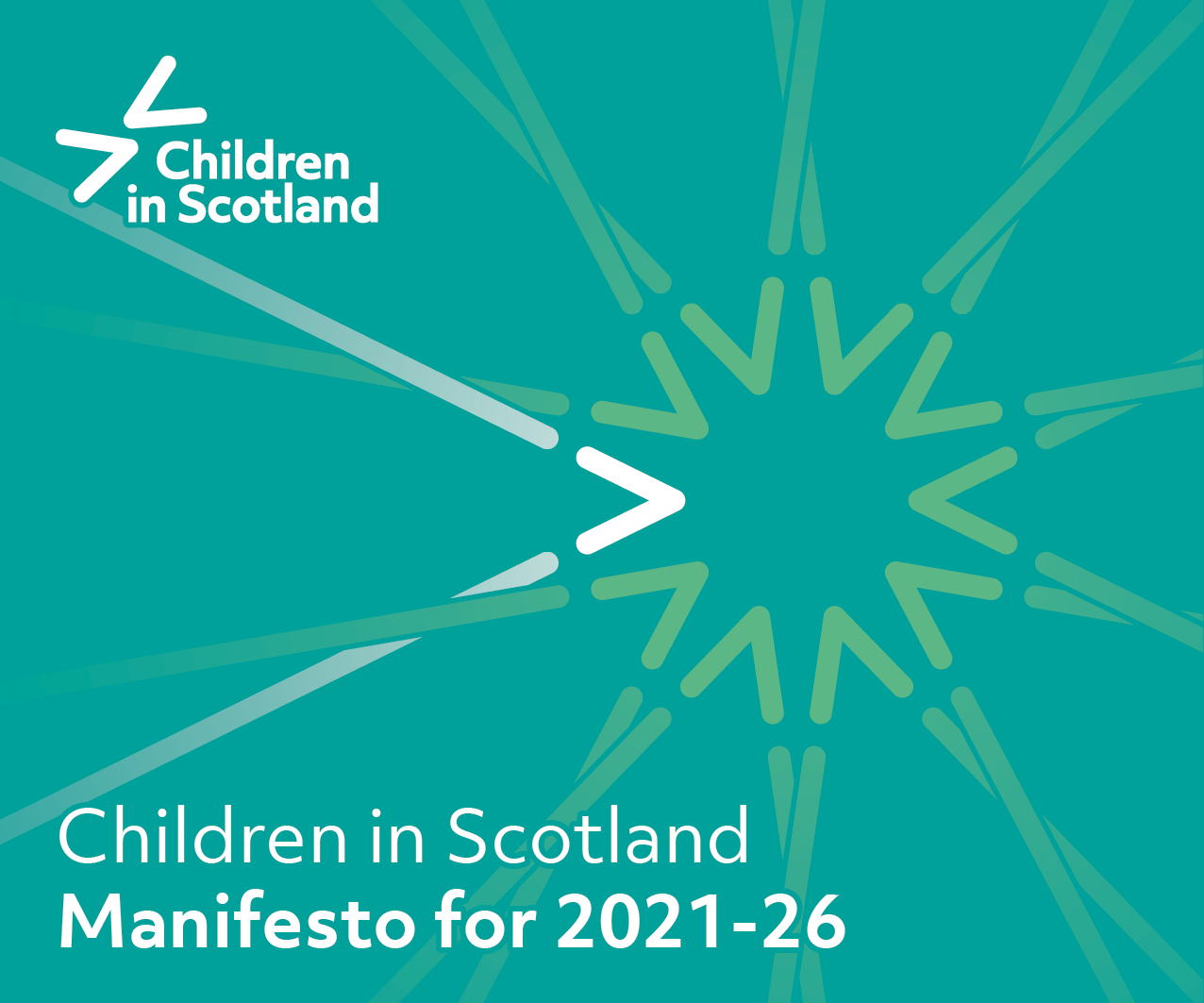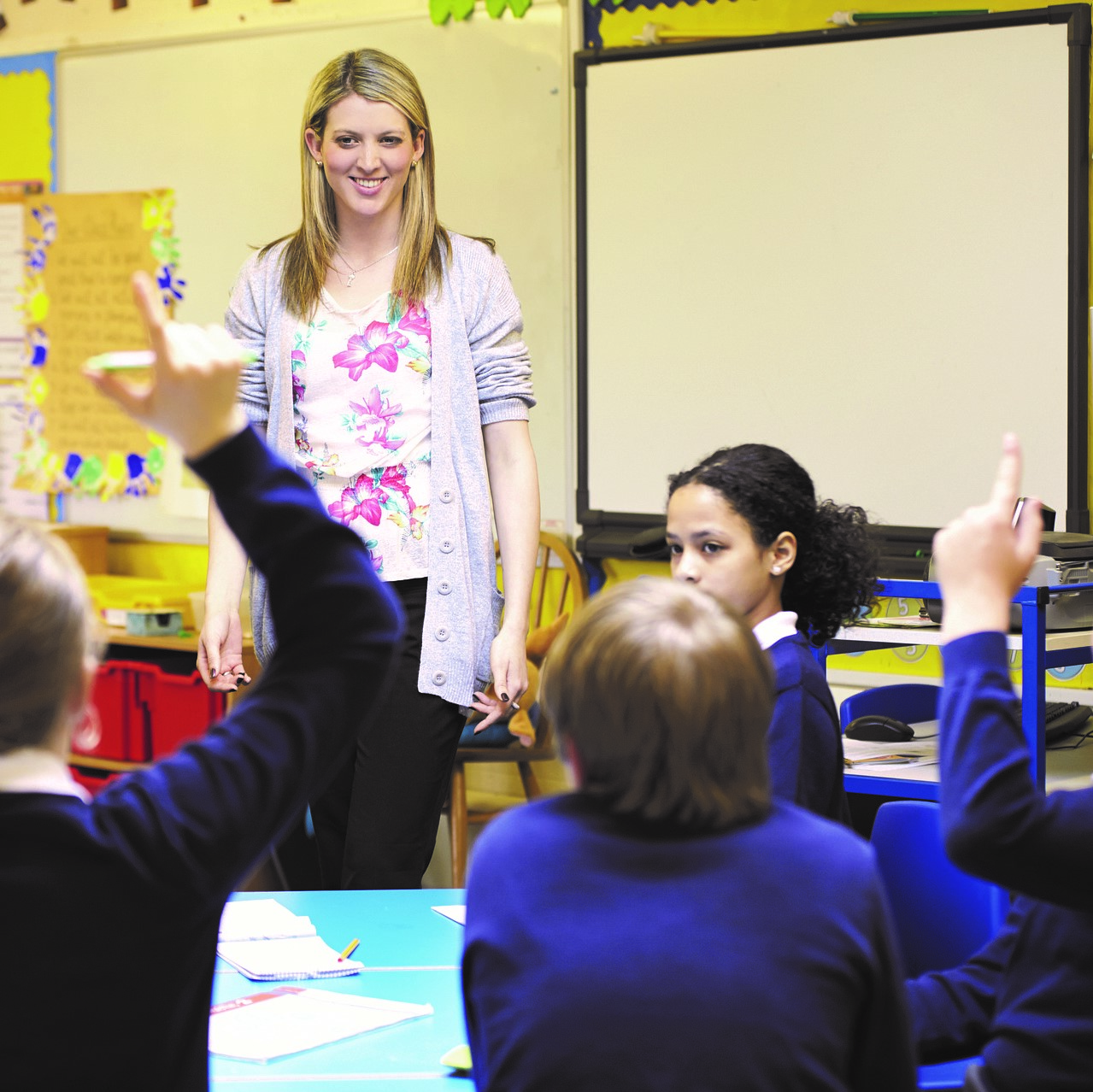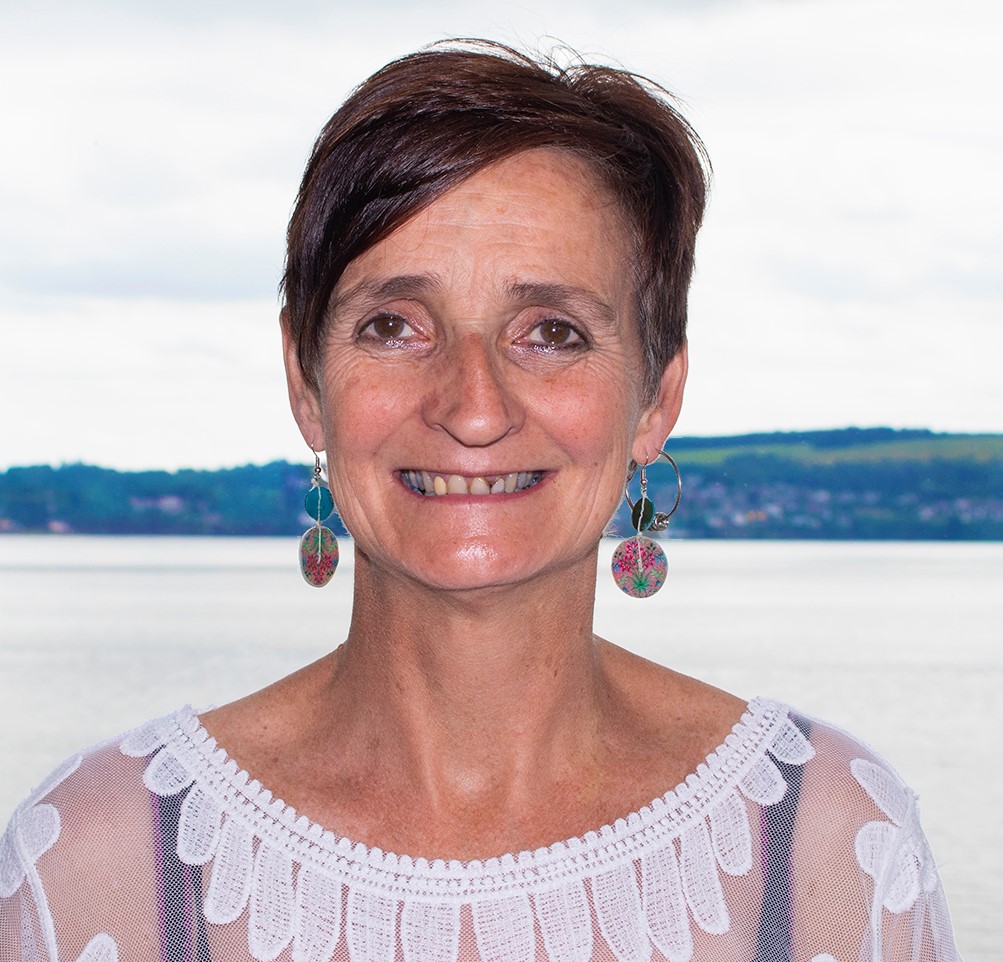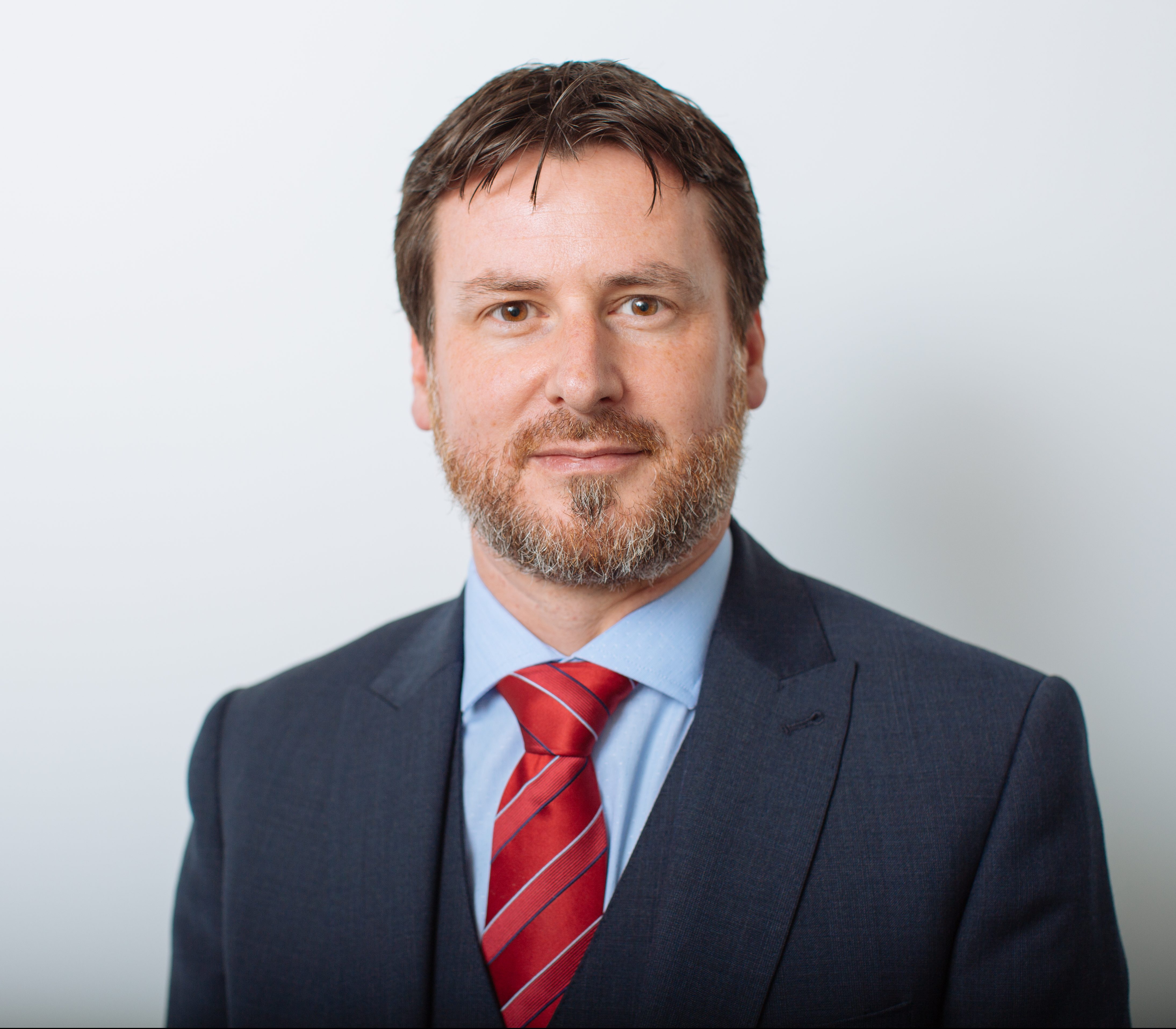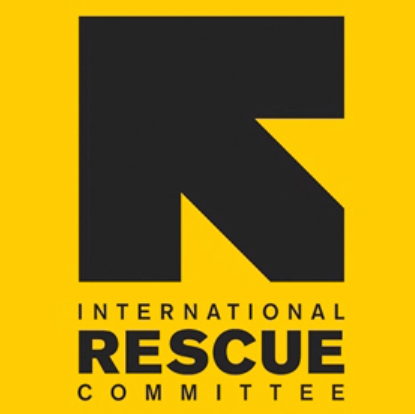In terms of understanding, do you think there’s enough awareness that being a young carer constitutes not only a young person looking after a parent or sibling in the home but also being affected by someone in the home?
I think there is often a misunderstanding that ‘caregiving’ only starts when the carer is providing intimate and health-related care, e.g. washing, helping to get dressed, helping with medication. But often it is much subtler than that. Dearden and Becker, renowned academics with substantial experience of researching young carers, have reported that 85% of young carers take on an ‘emotional caring role’ which has been described as 'Emotional Labour'.
This can be categorised as looking out for someone, trying to cheer them up, reminding them to behave in a certain way or simply being concerned about the health of someone they love. As part of our training, we ask professionals to consider the impact of the ill health of the cared-for person on the child and to be mindful that even if the child is not completing any physical tasks, they may be hugely impacted by worry and concern for another.
Is it often the case that young people themselves don’t realise that they’re in a caregiving role and that they’re entitled to support?
Absolutely, often it can take years for children to realise that they are taking on a caregiving role that is different to the experiences of their non-caregiving peers.
Current research suggests that 40% of young carers have not told anyone, outside of the home, that they are providing care.
The NHS suggests that it can take adults two years to formally identify as a carer so we can assume that it could take longer for children, for a variety of reasons. For example, a child may never have heard the term ‘young carer’. They may not have been able to compare their experiences to others and caring may be normalised within the family in a cycle that has prevailed for generations.
One key aspect of our Schools Awareness Project is talking directly to children through workshops and assemblies in schools where we discuss caring through stories and pictures; sometimes, children identify straight away, leading to an immediate awareness of hidden young carers.
Can you tell us a bit about your background and how it’s informed your experience in identifying young carers?
I have always worked around children and education, but I believe the ‘thread’ that made me want this role was working as a teacher in an inner London school for four years. As part of my PGCE, young carers were never discussed or mentioned, so it was a shock when my mentor identified a child in my NQT class as being a young carer. Looking back now, I realise that he was showing a lot of the indication factors; frequently late, appearing very tired, hesitant to leave his mum at the gate, and very distracted in class.
I still think of that child now and just how little I knew about the subject. If I felt this way, how many other teachers were similarly unaware? Barnardo’s suggests that 40% of teachers would not know how to identify a young carer. Therefore, I have made it my mission to empower teachers, school leaders and professionals with the knowledge and information to support the young carers in their setting.
How can we support professionals to be confident in identifying ways they can reach out and help young carers and their families?
Asking for help is key. We do not expect professionals to become instant experts after attending one of our workshops, but we aim to instil confidence in the professionals to consider their children and, if something concerns them, to ask the question.
The biggest advice I can give is to link up with your local young carers service and ask their advice if you suspect you have identified a young carer. They will then be able to support you on the next steps to take.
We can provide advice about how to open up the conversation with the family, where to make a referral for respite or a Young Carers Statement, and the child’s rights under the Carers Act. A young carers service can guide you through all of these issues.
What’s the most important thing you’ve learned in supporting young carers through your wide experience as a teacher and a trainer?
I have learned that every child and experience is unique. I definitely had some misconceptions about young carers before I took on this role, but now I have worked with our (amazing) young people, I realise that any child can become a young carer. I believe the most significant support is recognition and flexibility for the young person, just as we do with adult carers. Sometimes having a trusted adult who is aware of the home situation and is open for a chat and a listening ear can make a huge difference to that child's life.
Jennifer Lewis is School Project Manager at Edinburgh Young Carers.
Edinburgh Young Carers one of the most well-established and largest organisations in Scotland dedicated to working with and supporting young carers. Click here for more information

